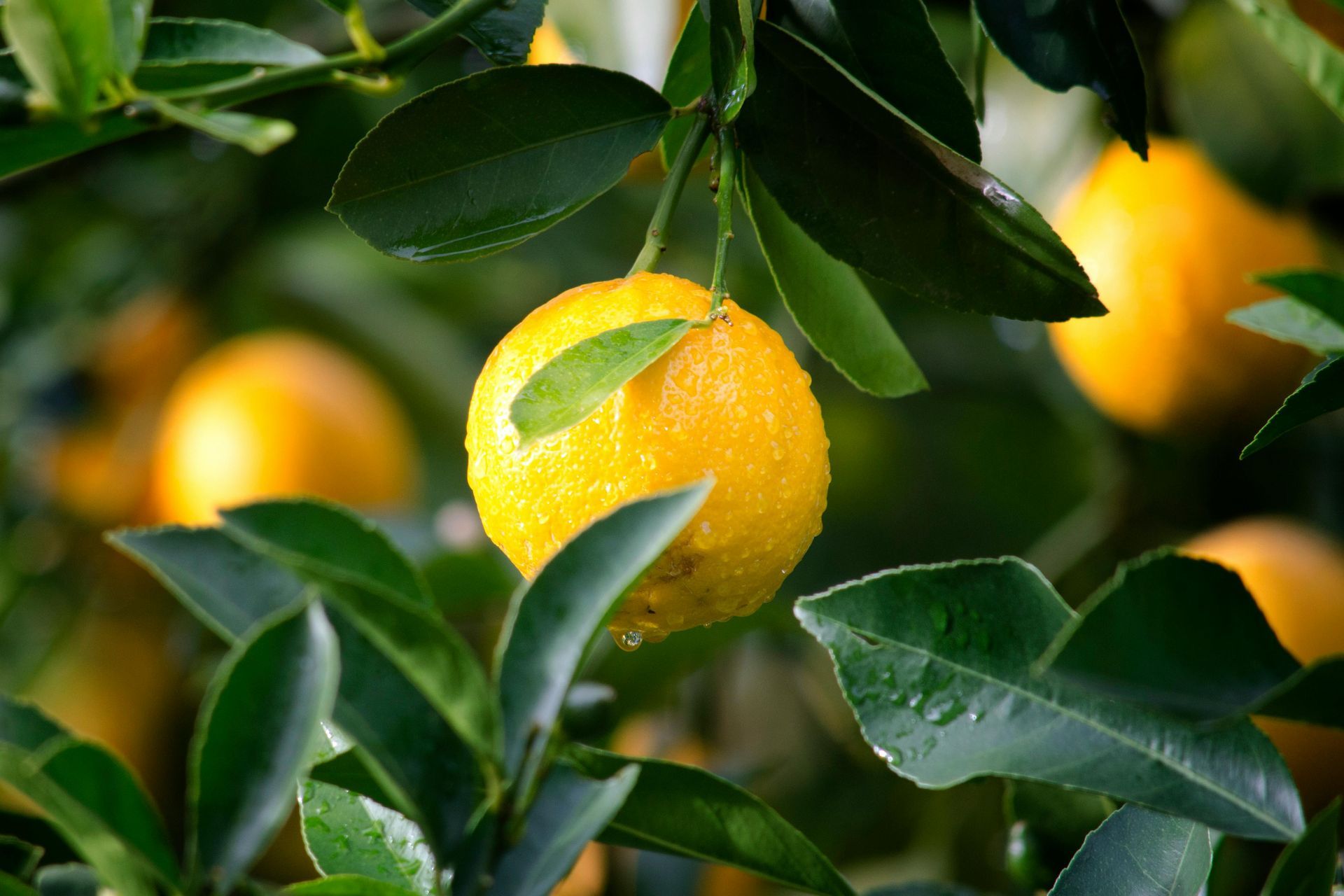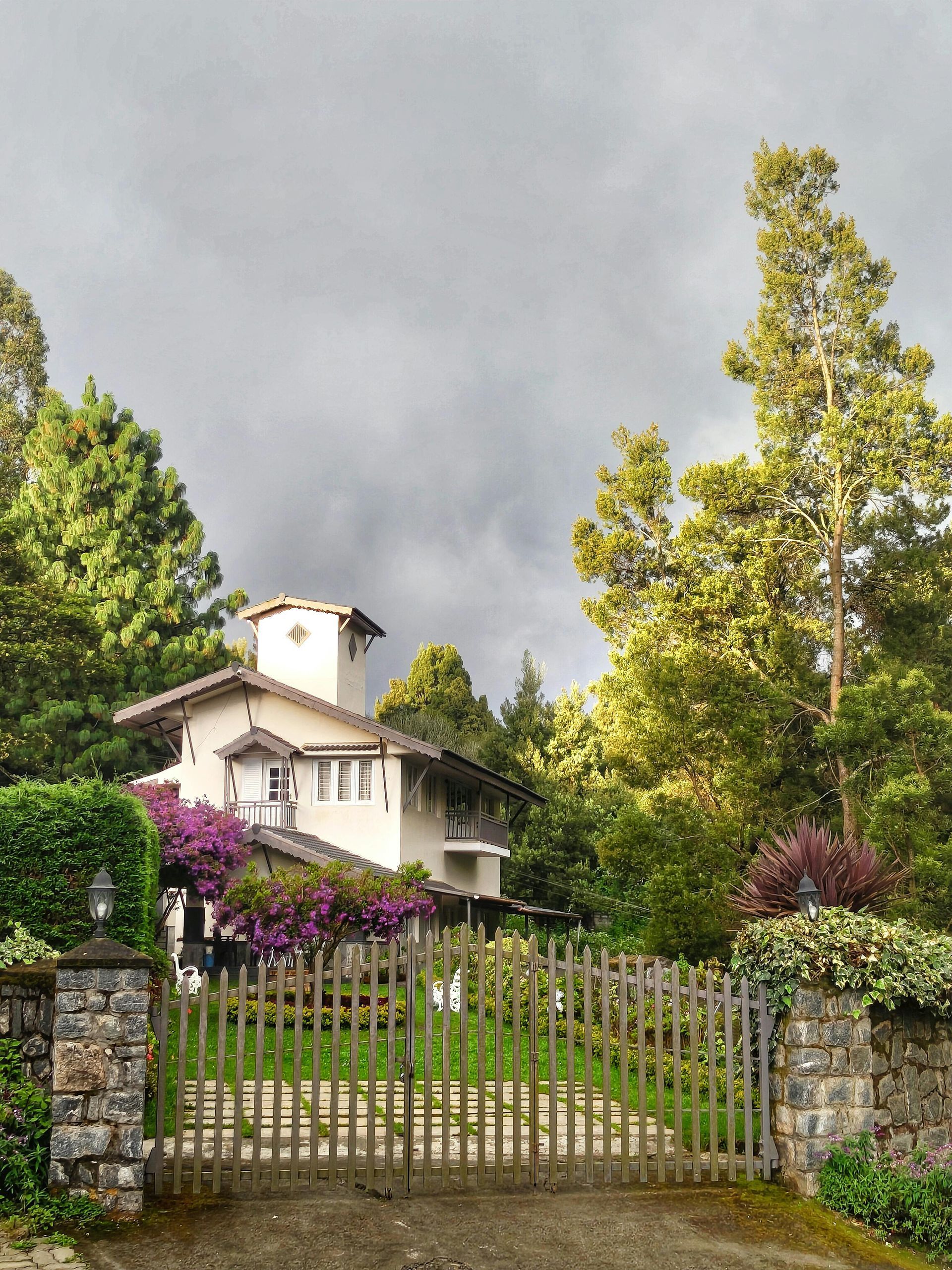Timing is Everything: When to Plant Trees in Aurora
Planting a new tree is an act of optimism. It’s an investment in the future beauty, shade, and value of your property. But for that investment to pay off, timing is everything. In a climate like ours in Aurora, Colorado, with its hot, dry summers and cold, unpredictable winters, planting a tree at the wrong time of year can set it up for failure. A sapling planted in the peak of summer heat will struggle to establish roots, while one planted too late in the fall may not have enough time to acclimate before the ground freezes.
So, when is the perfect time to plant? The answer isn't a single date on the calendar; it's a window of opportunity determined by a combination of factors including species, weather patterns, and soil conditions. This is where professional guidance becomes invaluable. At Aurora Tree Service, our certified arborists have a deep understanding of the local climate and horticulture. We help homeowners navigate the complexities of planting schedules to ensure their new trees don't just survive—they thrive from day one.
Why Planting Time Matters So Much
A newly planted tree is incredibly vulnerable. It has just been moved from a controlled nursery environment to a new, often challenging, location. During this transition, the tree experiences what is known as "transplant shock." Its primary goal is to establish a strong root system to absorb water and nutrients. The timing of this process directly impacts its ability to do so successfully.
The Dangers of Summer Planting
Planting a tree in the middle of a hot, dry Colorado summer (typically June through August) forces it to fight a battle on two fronts. It needs energy to grow new roots, but it must also expend significant resources to produce leaves and combat water loss through transpiration under the intense sun. This immense stress makes the tree more susceptible to pests, diseases, and outright failure. Supplemental watering becomes a constant, demanding chore.
The Risks of Winter Planting
Planting when the ground is frozen or near freezing is generally not feasible. The roots cannot penetrate the hard soil to anchor themselves or access water. Even if you manage to plant during a warm spell in winter, the subsequent freeze-thaw cycles can damage the delicate new roots and even heave the young tree out of the ground. This leaves two optimal windows for planting in the Aurora area: spring and fall. Each has its own distinct advantages.
The Spring Planting Window: A Season of Growth
Spring is a time of vigorous growth, making it a very popular and effective time to plant new trees. As the soil warms up and moisture from winter snowmelt is still present, conditions are ideal for root development.
Advantages of Spring Planting
- Full Growing Season: A tree planted in the spring has the entire spring and summer to establish its root system before facing the stress of its first winter.
- Active Growth: The tree is naturally in a growth phase, channeling energy into producing new roots, branches, and leaves.
- Wider Availability: Nurseries are typically fully stocked in the spring, offering the widest selection of tree species and sizes.
The Ideal Spring Timing
The key to successful spring planting is to wait until after the last hard frost but before the intense heat of summer sets in. In Aurora, this window is typically from late April to early June. Planting during this period gives the tree several weeks of moderate temperatures and reliable moisture to begin establishing itself.
The Fall Planting Window: The Arborist's Choice
While spring is popular, many arborists consider fall to be the superior planting season for most trees in Colorado. The logic is simple: in the fall, the tree can focus all its energy on one critical task—root growth.
Advantages of Fall Planting
- Focus on Roots: As the air cools, deciduous trees stop trying to produce leaves and instead direct their energy below ground. This allows them to develop a robust root system before winter dormancy.
- Warm Soil: The soil remains warm from the summer sun, which encourages rapid root expansion.
- Reduced Water Stress: Cooler temperatures and shorter days mean the tree loses less water through its leaves, reducing the risk of transplant shock and the need for constant watering.
- Winter Hardening: A fall-planted tree has months to acclimate. When spring arrives, it has a head start with a partially established root system, ready to support a vigorous flush of new growth.
The Ideal Fall Timing
The best time for fall planting in Aurora is from early September to mid-October. This allows about six to eight weeks for root establishment before the ground freezes solid. You want to avoid planting too late, as a tree planted in November may not have enough time to anchor itself before winter arrives.
How Aurora Tree Service Ensures Perfect Timing
Choosing the right season is just the beginning. The experts at Aurora Tree Service provide a comprehensive consultation to pinpoint the perfect planting strategy for your specific property and chosen tree.
1. Species-Specific Guidance
Different trees have different preferences. Some, like bare-root trees or certain evergreens, perform best when planted in early spring. Others, like many balled-and-burlapped deciduous trees, thrive with fall planting. Our arborists know the ideal timing for hundreds of species that grow well in our region, removing the guesswork for you.
2. Microclimate and Soil Assessment
Your yard has its own unique conditions. We analyze your property's specific microclimate, considering factors like:
- Sun Exposure: A south-facing spot that gets baked by the sun may have a different ideal planting window than a cooler, shaded north-facing location.
- Soil Temperature and Moisture: We assess your soil to determine when it has warmed up enough in the spring or how long it retains warmth in the fall. We can test soil moisture to ensure conditions are right for new roots.
- Drainage: Well-drained soil warms up faster than heavy, clay soil. We factor this into our timing recommendations.
3. Weather Monitoring and Flexible Scheduling
Weather in Colorado is anything but predictable. An early heatwave in May or a sudden cold snap in October can impact planting success. We don't just follow a calendar; we monitor short- and long-term forecasts. Our team remains flexible, scheduling your planting service when the weather conditions are genuinely optimal for your new tree, not just when it's convenient.
4. Professional Planting and Aftercare Plan
Once the perfect time arrives, our job is to give your tree the best possible start. Our professional planting services ensure the hole is dug to the correct depth and width, the root ball is prepared properly, and the soil is backfilled to eliminate air pockets. Crucially, we provide you with a clear, customized watering and care plan. A tree planted in the fall has different watering needs than one planted in the spring. Our guidance will help you manage the critical first year of establishment, ensuring your investment flourishes for decades to come.
Plant for Success with Expert Timing
A beautiful, healthy tree adds immense value and enjoyment to your home, but its long-term success begins the moment it goes into the ground. Don't leave this critical decision to chance. By partnering with the experts at Aurora Tree Service, you gain access to decades of local horticultural knowledge, ensuring you plant the right tree at the perfect time. Set your new tree up for a long and healthy life. Let our certified arborists help you create a planting plan that works with Colorado's unique climate, not against it. Ready to add a new tree to your landscape? Contact Aurora Tree Service today for a professional consultation on planting, timing, and tree selection!
Meta Information
Meta Title: Best Time to Plant Trees in Aurora, CO | Aurora Tree Service
Meta Description: When should you plant trees in Aurora? Our expert arborists help you choose the perfect time in spring or fall to ensure your new trees thrive.



